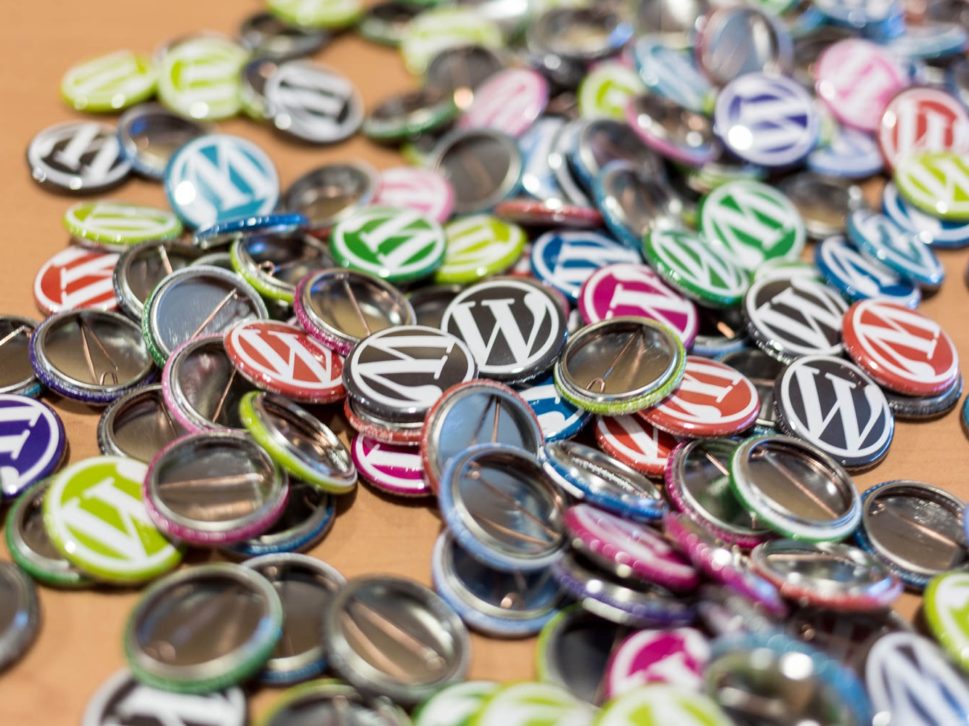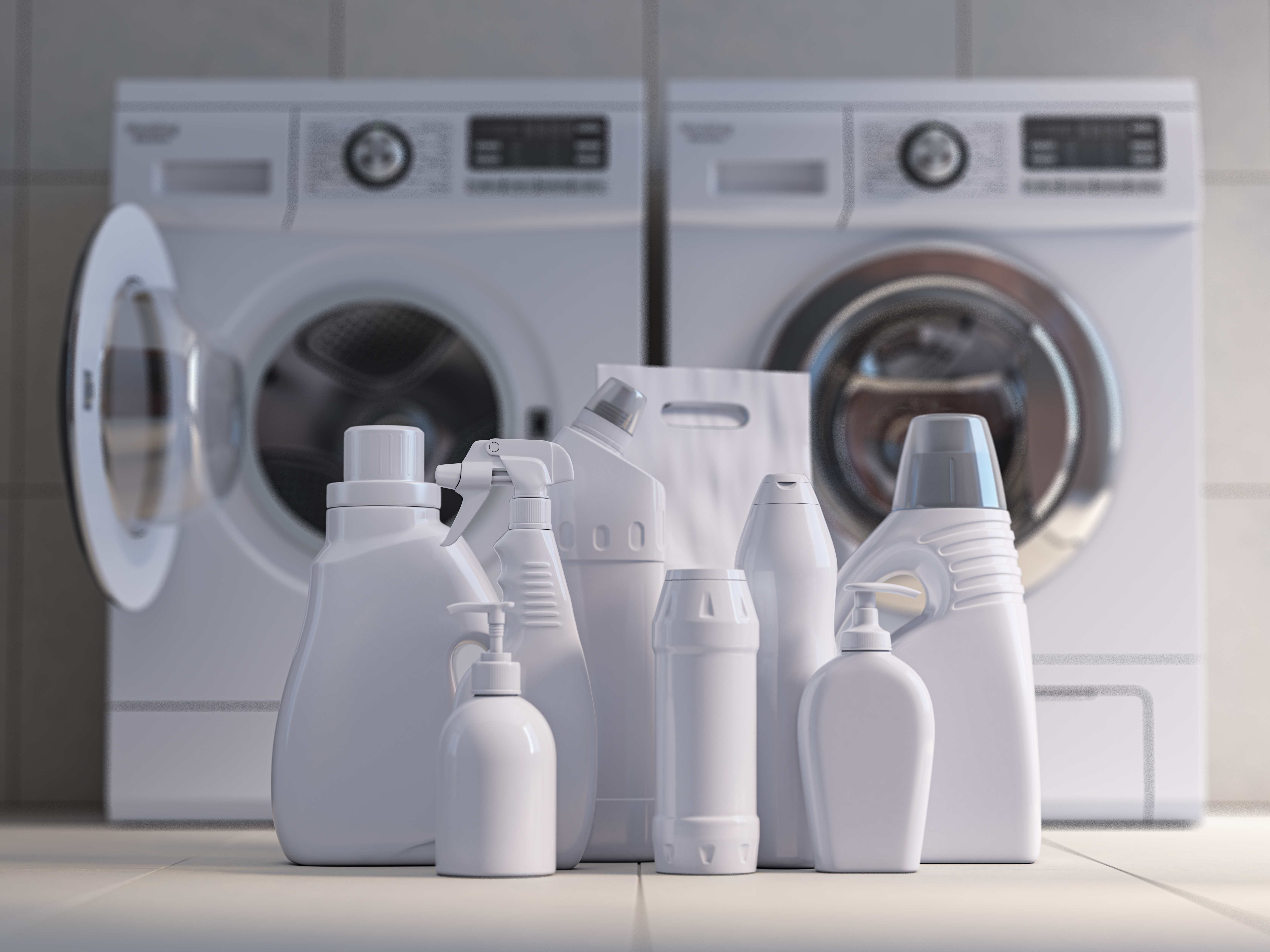Optimizing a WordPress installation for speed is not that hard when you have the right plugins and some patience on your side. The best part is that you don’t have to be a web development expert to enjoy the benefits of these plugins. If you created your own WordPress site, you already have the skills to follow this guide. Anyone who uses WordPress will benefit from these plugins and settings. After you complete this guide, your website will load in ½ the time it used to if it doesn’t load instantly.
I did web development professionally for a couple years before music took off. One thing that saved me were guides like this, so I want to give back to anyone, especially a fellow musician, who’s trying to build their own website and needs a little bit of help.
After you follow this guide, make sure you use your website at least once a month. That way, everything stays running smoothly and you can share your website with confidence. Keep your plugins updated, test your links, optimized your databases, and use your contact forms to make sure they still work.
All the plugins I recommend are free. The only thing this will cost you is a few hours of your time. Developers can charge upwards of hundreds of dollars for this service (I did at one point), and there’s not really a good reason to pay that much when you already most of the work on your website yourself.
You are following this guide at your own risk. I will not support your WordPress site or your speed optimizations. Make sure you have a full backup of your website before you start following this guide in case you cause irreversible damage.
Between each step, load your website in a separate browser to make sure nothing breaks. Hit Shift + Refresh to clear the cache between each load so that it’s always loading from the server. You’ll start to notice every refresh gets a little faster.
Be sure to check the date on this guide. While this should last a long time, plugin interfaces may update or change and, while the plugins will probably still be good options, it may make the guide harder to follow step-by-step like I intended it.
Note: If you don’t see the names for the plugins you added in the left sidebar in the WP Admin panel, maximize your browser window.
Here’s how you make your WordPress site load instantly!
1) Delete unused themes
Make sure that you go through all your themes and delete the ones you aren’t using. That will save space and clutter in the database so your website can read it faster. It will also remove any unnecessary images that take up space in your website.
2) Delete unused plugins
Go through all your plugins and delete any plugins you aren’t using. If you’re not sure whether you should delete a plugin, try deactivating it first, leaving it deactivated a few days, and then checking to see whether your website broke. If it broke, then reactivate the plugin. Otherwise, delete the unnecessary plugin.
Make sure you have a complete backup of your website before you proceed.
3) Install, activate, and configure the Asset CleanUp plugin
After this plugin is installed, experiment with settings to unload unnecessary JavaScript files on your blog posts. This may break some functionality, so experiment with that doesn’t break your website first.
Within the Asset CleanUp plugin page (navigate here by using the sidebar when logged into the WP Admin Panel), go to the Settings tab. Navigate to Optimize CSS and Enable CSS files Minifcation and Combine loaded CSS (Stylesheets) into fewer files by clicking the green sliders. Hit Update All Settings at the bottom of the page. Test your website in the secondary browser where you are not signed in.
Next, go to the Optimize JavaScript tab within the same Settings tab. Enable JavaScript Files Minifcation and Combine loaded JS (JavaScript) into fewer files. Then, click Update All Settings at the bottom of the page. Test your website in the secondary browser where you are not signed in.
Afterwards, go to the Site-Wide Common Unloads tab within the plugin settings. Disable Emojis Site-Wide and Disable jQuery Migrate Site-Wide. The other options in this section are at your discretion. If you’re not using comments on your website, go ahead and Disable Comment Reply Site-Wide. Also, if you’re not interested in embedding YouTube videos or having your blog posts embedded on other websites, click Disable oEmbed (Embeds) Site-Wide. Click Update All Settings. Test your website in the secondary browser where you are not signed in.
Now, go to the HTML Source Cleanup section. Remove the “Really Simple Discovery,” “Windows Live Writer,” “REST API,” “Pages/Posts “shortlink tag,” “All ‘generator’ meta tags,” “Wordpress version,” “generator” tags. If you’re not using a blog at all, Remove main RSS link, as goes with the comments. Click Update All Settings. Test your website in the secondary browser where you are not signed in.
We’re done with the Asset CleanUp plugin. Let’s go to the next plugin.
4) Install, activate, and customize the Hummingbird plugin
Navigate to the Hummingbird dashboard by hovering over the Hummingbird entry in the sidebar of the WordPress Admin panel.
Run the speed test. Hummingbird will prompt you to do this.
Scroll down to Page Caching. Click Activate. The settings will be activated for you. Enable Cache 404 requests and Clear full cache when post/page is updated. Hit Save Settings. Return to the Hummingbird Dashboard. Test your website in the secondary browser where you are not signed in.
Go to Asset Optimization in the Hummingbird Dashboard. Click Activate. It will start checking files for you. You may get a warning about how this is for advanced users. Click continue. Most of your files are probably already optimized by the previous plugin, so this step probably will not do very much. Now, go back to the dashboard. Test your website in the secondary browser where you are not signed in.
Go down to Browser Caching. Click Configure. Scroll down to the bottom of the Caching page, and click Activate. Test your website in the secondary browser where you are not signed in.
We’re done with this plugin. Let’s go on to the next one.
4) Install, activate, and customize the WP Smush plugin
Navigate to the Smush dashboard from the Admin Panel. Click Begin Setup and follow the prompts, leaving everything at its stock setting. Then, click Finish Setup Wizard.
Smush will check and optimize your images. Click Bulk Smush Now to complete the operation. It will optimize all your images for you. You may get a message to re-check your asset optimization from Hummingbird. You may ignore it. Test your website in the secondary browser where you are not signed in.
We’re done with this plugin, so let’s go on to the next one.
5) Install, activate, and customize the WP Fastest Cache Plugin
Go the WP Fastest Cache page from your sidebar.
Click the checkbox to enable your cache system. Preload everything. Click OK. Test your website in the secondary browser where you are not signed in.
Click the checkboxes for Logged-in users, New Post, Update Post, Minify HTML, Minify CSS, Combine CSS, Combine Js, Gzip, Browser Caching, and Disable Emojis. Then click Submit. Do not click the checkbox next to Mobile if you’re using a responsive template. If a dialogue box appears, click “Clear all cache” and OK. Test your website in the secondary browser where you are not signed in.
It may take some time to see the effect of this plugin, since the cache has to build itself up. After five minutes or so, your website should be running faster.
We’re done with this plugin. Now, let’s go on to another one.
4) Install, activate, and customize the WP-DBManager plugin
After the plugin is installed, click on the Database text in the sidebar of your admin panel. A page will come up with some information about your databases and tables that looks kind of scary. Don’t worry, we’re not working with this page.
While you’re on this page, a submenu will open up on your admin panel under Database. Click Repair DB, leave everything selected to “Yes” and click Repair at the bottom of that page. Test your website in the secondary browser where you are not signed in.
Next, click Optimize DB in that same sub-menu we talked about earlier. Leave everything selected to “Yes,” and click “Optimize” at the bottom of the page. Test your website in the secondary browser where you are not signed in.
6) Adjust Discussion Settings
Navigate to yourwebsite.com/wp-admin/options-discussion.php and uncheck all the settings, including ones for avatars. If you want comments on your posts, enable those comments on each post. Click “Save Changes.” Test your website in the secondary browser where you are not signed in.
Now that we’re done with the optimization process, here are important things to consider:
- Your admin panel will still load very slowly. This is because we did not enable caching for administrative users, so they always see the current version of the page. The website will still load quickly for visitors, however.
- When you make a post or create a new page, we set the cache to clear out and re-build itself. This is a good thing so that visitors will see current content. However, your website will load a little slowly again until the cache builds up again. This is normal and it shouldn’t last more than five minutes.
- If your website is still slow after running these optimizations, the issue is on the server you have and not with Wordpress. Contact your host or get a new one.
- If you’re website is still slow when you’re logged in, log out. We set the caching so that users who are logged in will not see it. Visitors who do not have accounts will always enjoy the speed optimizations.
Troubleshooting
Why is my website is still slow?
Are you sure you’re logged out? Clear all the data out of your browser and try again. If that does not solve the issue, contact your host.
If you just made changes, the website will run slowly again until the cache rebuilds itself. After about five minutes, your website will return to its new optimized speed. If it does not, contact your host.
I can’t see changes after I made them.
Clear the cache on WP Super Cache by navigating to the top of the page and selecting Clear Cache and using the dropdown menu. Also clear the cache and data in your browser. Your website will run slightly slowly while the cache rebuilds. If it’s slow in your secondary browser, wait about five or ten minutes, try again, and see whether the speed improves.
I screwed something up. What do I do? Will you help me?
Restore your website from the backup you made before you started. I can’t provide support.



